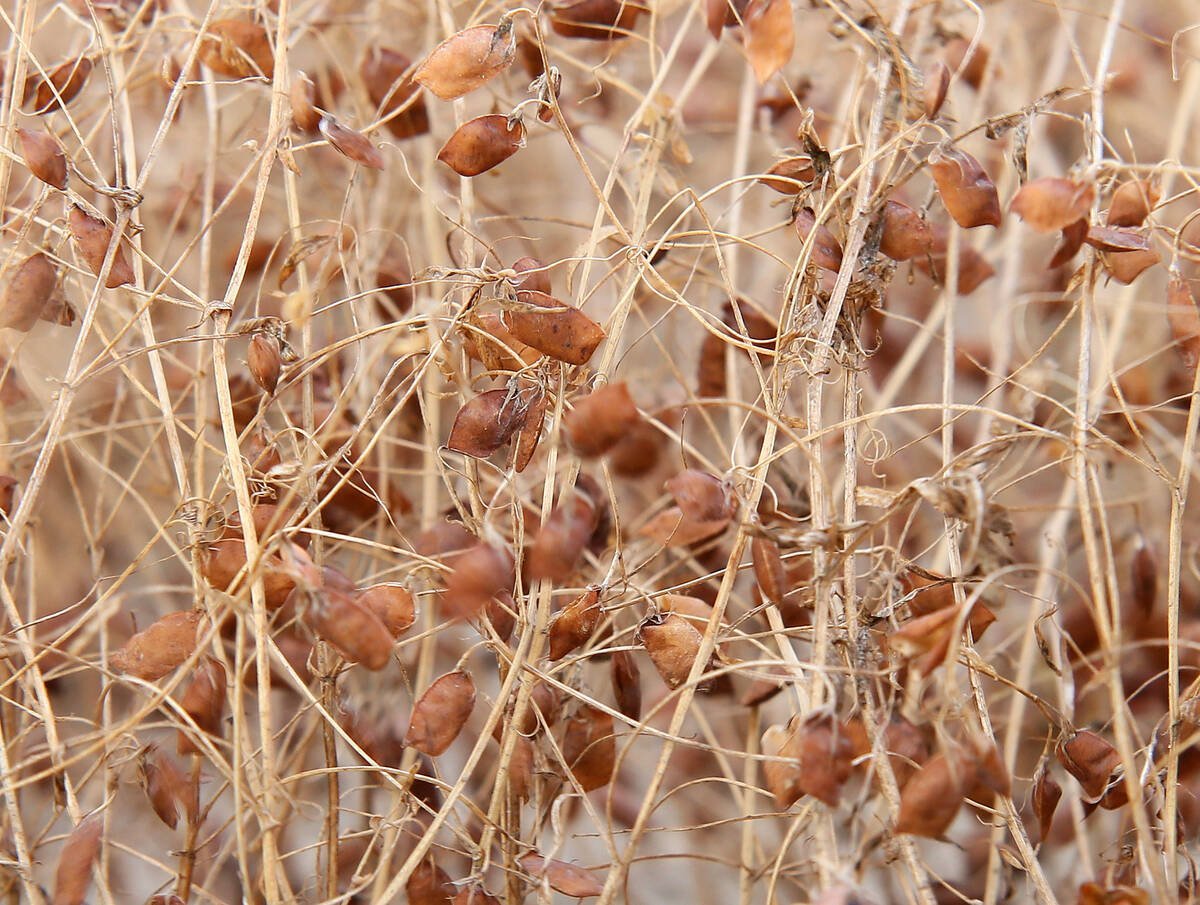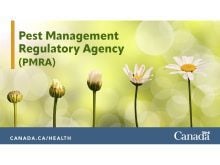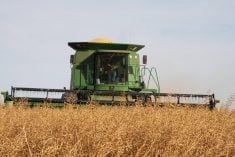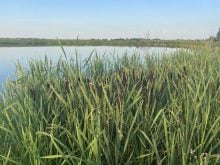HERSCHEL, Sask. – Saskatchewan is not expected to produce a good hay crop this year, with yields half of what was harvested last year.
Jeremy Brown, range agrologist with the Saskatchewan Watershed Authority, said a cool, dry spring delayed crop and grass growth in many areas.
West-central areas such as Eston have the best hay crops this year while northwestern zones such as Glaslyn and Spiritwood are among the worst.
Pastures are improving as they receive moisture, and Brown said differences can be seen on land with good litter cover.
Read Also

Europe holds promise for Canadian lentils
Pulse Canada is trying to help boost lentil consumption in Europe, which is already the fourth largest market.
“It’s very dramatic how much better the growth is on these pastures,” he said.
Leam Craig, president of the Herschel Grazing Club, said a snowstorm in April helped add much-needed moisture but also froze alfalfa, which has yet to recover.
The area experienced a dry fall and saw little rain until showers in early summer.
“Things are a lot better with recent rain,” said Craig, who has a 350-head cow-calf operation between Biggar and Herschel.
“In this country, you can never get enough rain.”
He predicted less hay will be available this year compared to the bounty of recent years and is bracing for scarce feed supplies this winter.
Prospects looked much better at Alsask, where Curt Ball and his father operate a 150 head cow-calf operation and graze their animals on alfalfa and native pastures.
Ball said moisture conditions are above average. Neighbours have started haying and the hay crop looks good, he added.
The cold spring had slowed growth but recent rain and warm weather are helping crops progress.
“We’re catching up because we had moisture,” he said.
“Without rain, we would be poor.”
In the Kindersley district, where Ball works as a rider at the Prairie Farm Rehabilitation Administration pasture, hay land is in good shape and producing good yields.
“It’s pretty decent, they’ve had lots of rain.”
Other parts of the Prairies are also seeing variable hay and pasture conditions.
In Manitoba’s Red River Valley, hay land and pastures are good, with hay yields at 1.5 tonnes per acre and alfalfa-grass at 1.5 tonnes per acre. The amount is greater in the northwest and average to below average in the southwest.
Baling is underway in Alberta. Central areas are seeing poor hay yields from Edmonton to the Saskatchewan border. Good quality hay is reported in the south and in the Peace country, where pastures are in good to excellent condition.














